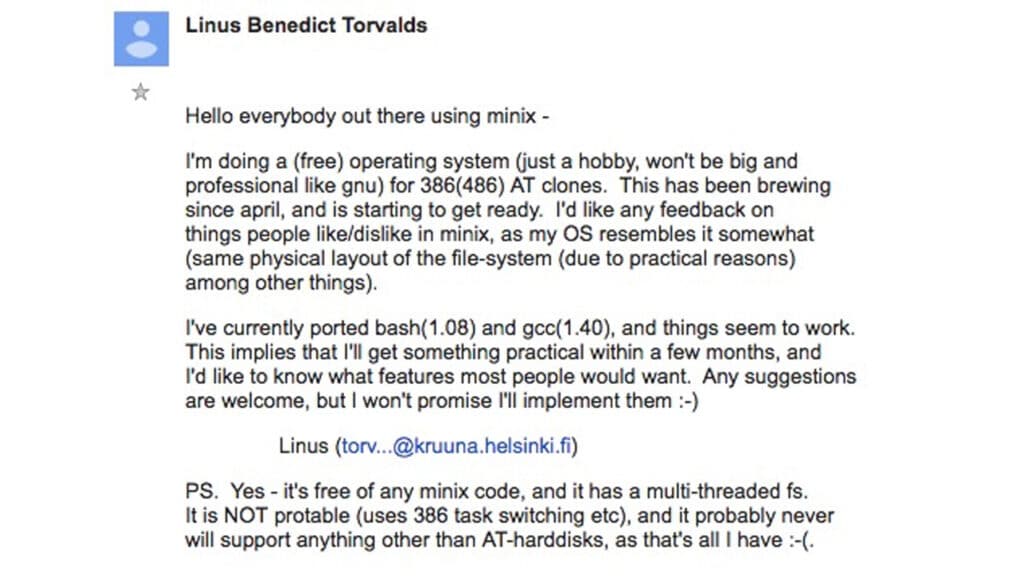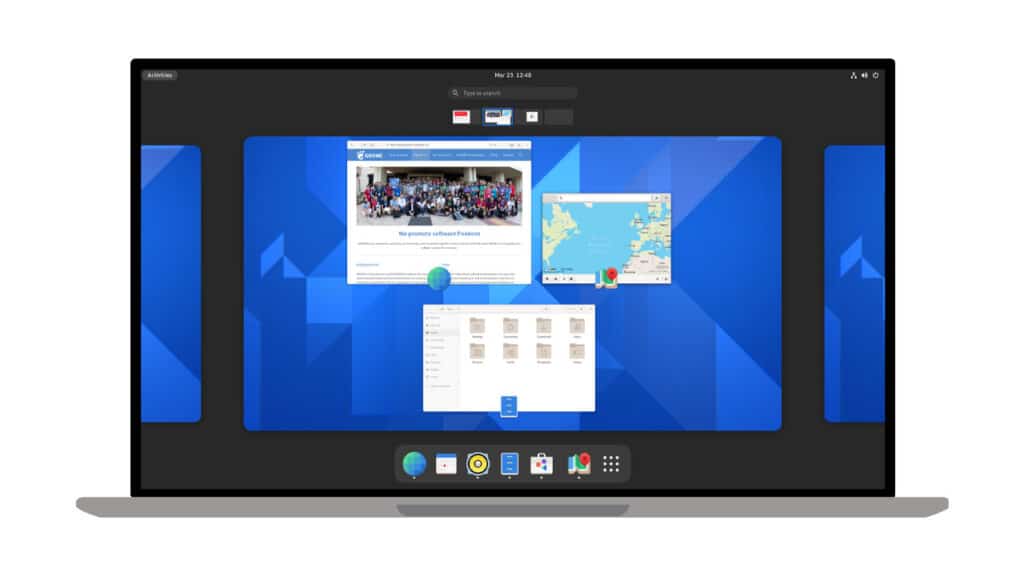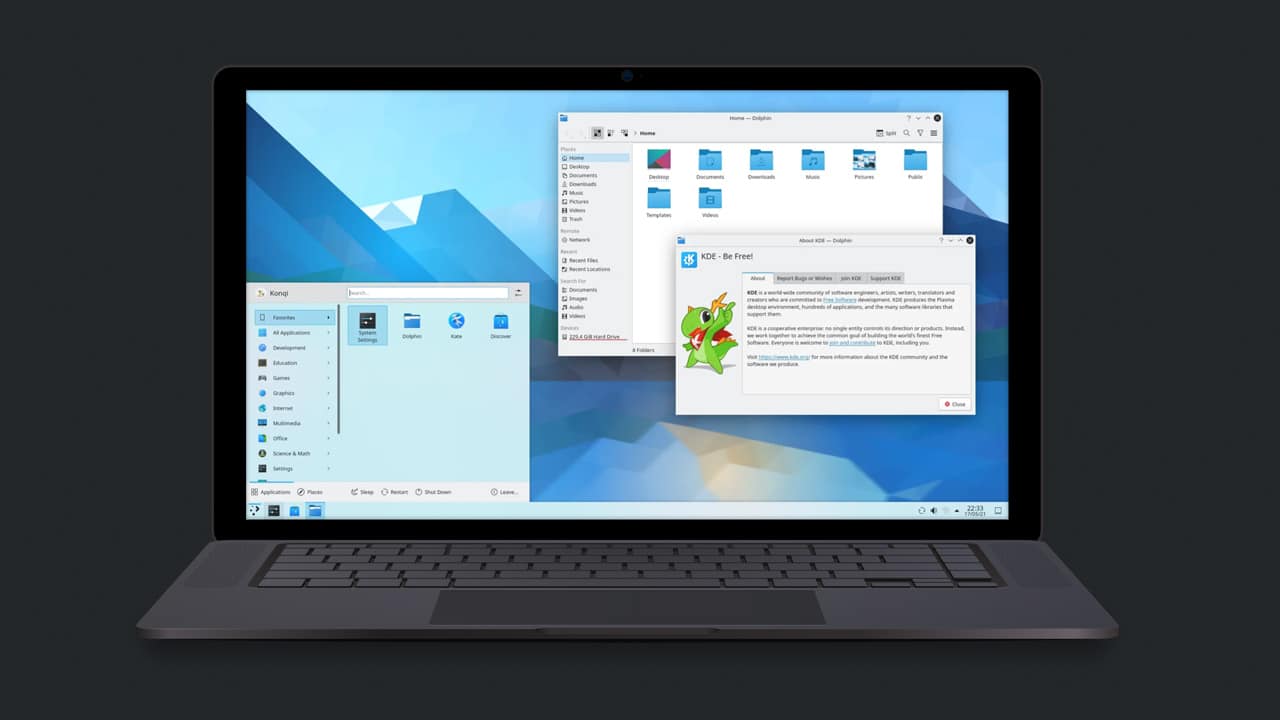30 years ago, the September 17, 1991, was released there first version of Linux, the family of open source operating systems that would soon become a big part of the history of computing: born as a hobby, currently Linux powers practically everything around us.
The first version of Linux came out 30 years ago
Linux is a set of Unix-like operating systems open source, which means that the source code that makes up the kernel can be used, modified and distributed by anyone. There are various distributions, but the thing in common is that they all use the kernel Linux. 30 years and a few weeks ago, on 25 August 1991, Linus Torvalds announced the kernel he was working on, which would take the name of Linux, but the first official version of the operating system – version 0.01 – came out only a few weeks later, the September 17.
Linux itself is simply a kernel. For this reason, different distributions are often referred to as Ubuntu, Debian, Arch, Mint o Fedora: These are different software packages that make up an operating system.
A hobby that has become a milestone in computing

The announcement of Linus Torvalds, then a 21-year-old student, seems almost unbelievable nowadays. In fact, the inventor wrote that he was creating a free and free operating system per hobby. “It’s just a hobby, it won’t be as big and professional as GNU.” And he concluded by saying that he probably would never support anything concrete.
Well, that “hobby” has become something incredible in the last 30 years. Most likely, even if you don’t know it, you are surrounded by Linux based devices: now powers virtually any smart device around us. Including Android smartphones, Alexa and Google Home voice assistants, smart refrigerators, smart light bulbs, even TVs and – above all – our routers. This is because creating software to run devices, such as smart appliances, can be expensive, and manufacturers use Linux as an alternative to building their own systems.
Linux is only present in the 2.4% of computers used by ordinary people, compared to macOS preferred by 16% and by Windows by 76% of people. But we need to go beyond that: Linux powered all 500 best supercomputers in the world. But not only! Power the satellites and the ISS, the International Space Station, Wall Street, the airplanes and… pretty much all of the internet. Yes, because practically almost all of the sites are “hosted” on Linux-based servers. Hosting sites, in fact, provide Windows and Linux servers, but the choice usually always falls on the latter.
Why choose a Linux based operating system
 Photo: GNOME.
Photo: GNOME.
Usually those 2.4% of users who choose a Linux-based operating system for their daily life come to this decision for some reasons. First thing, Linux operating systems are free: unlike Windows, for example, there is no price to pay to use the product. Also it is open source, so the source code is available online and can be edited by anyone with the skills. Thanks to this, Android and Chrome OS systems were born, both based on Linux.
Another very strong motivation is the ability to customize that these operating systems have. The famous desktop environments, the desktop environments, are really many and allow you to choose the preferred graphical interface. The best known are GNOME, XFCE, i3 (for the more experienced) and KDE Plasma. But, even if you are not an expert, the fourth motivation is the community support. Online, in fact, there are many forums that help solve problems or learn more about the whole world of Linux.
In short, Linux is versatile, customizable, simple to update, free and free for everyone. It is a set of operating systems born almost by mistake, as a hobby, by a 21-year-old student who would never have bet anything on his kernel and who now, instead, powers practically everything around us. Happy Birthday, Linux! We can’t wait to find out what the operating system has in store for us in the next 30 years.















Leave a Reply
View Comments